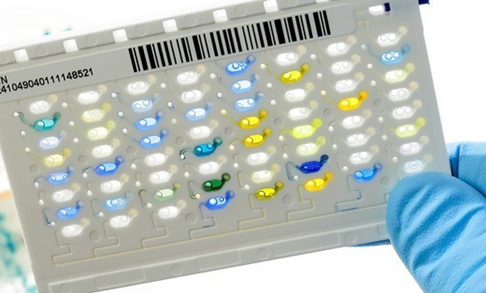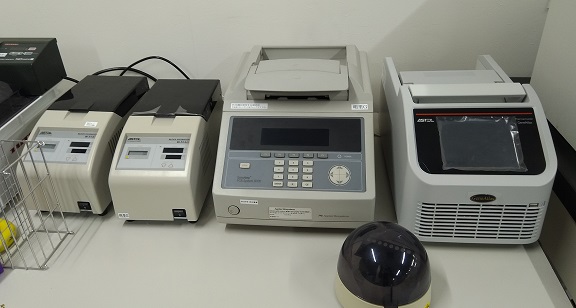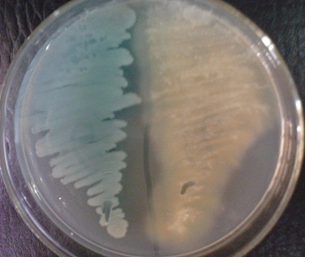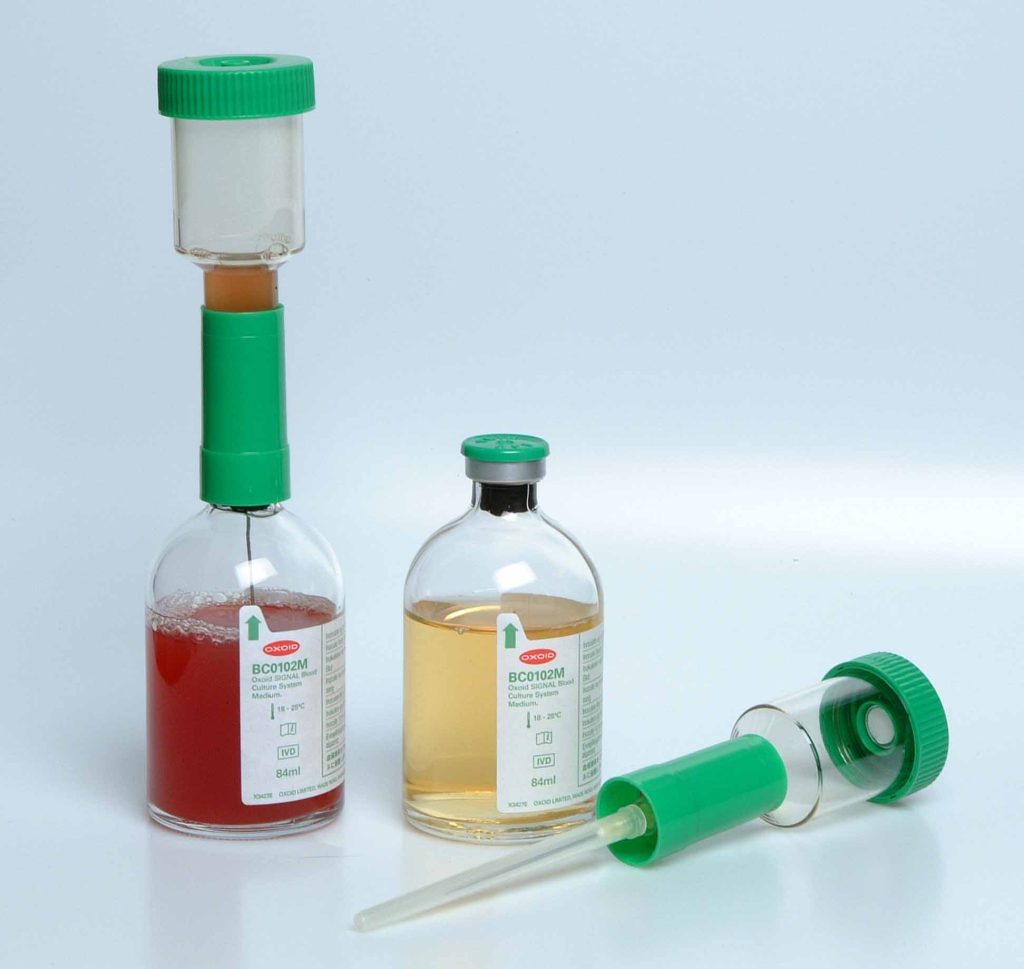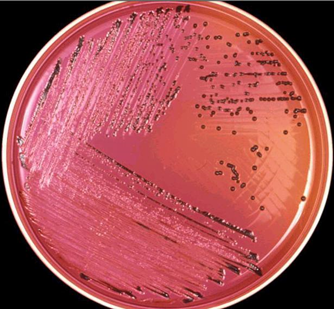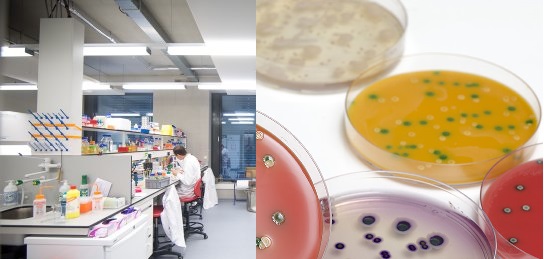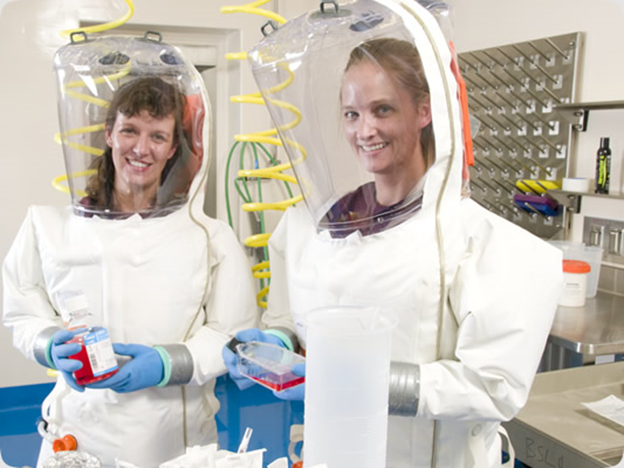FEATURES OF THE VITEK 2 AUTOMATED COMPACT SYSTEM FOR BACTERIAL IDENTIFICATION AND ANTIMICROBIAL SUSCEPTIBILITY TEST (AST)
Helping the physician select the best treatment at a much faster pace based on the right microbial identification and antimicrobial susceptibility test is crucial in any infectious disease management and patient total wellbeing. Clinical microbiology laboratories are the first lines of defense for the detection of antibiotic resistance from clinical pathogens and/or samples. And the […]

